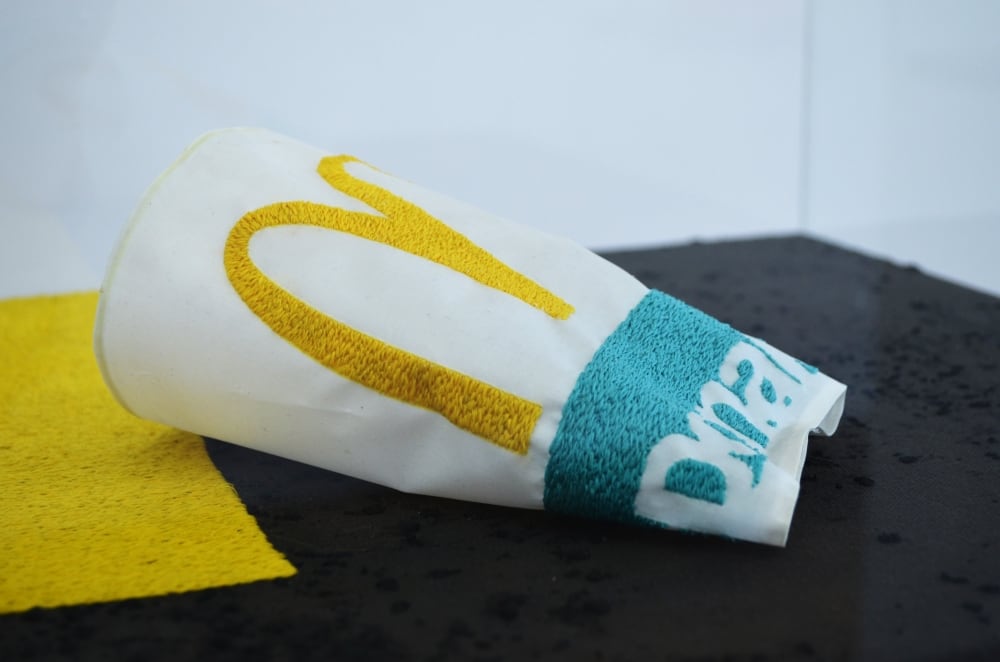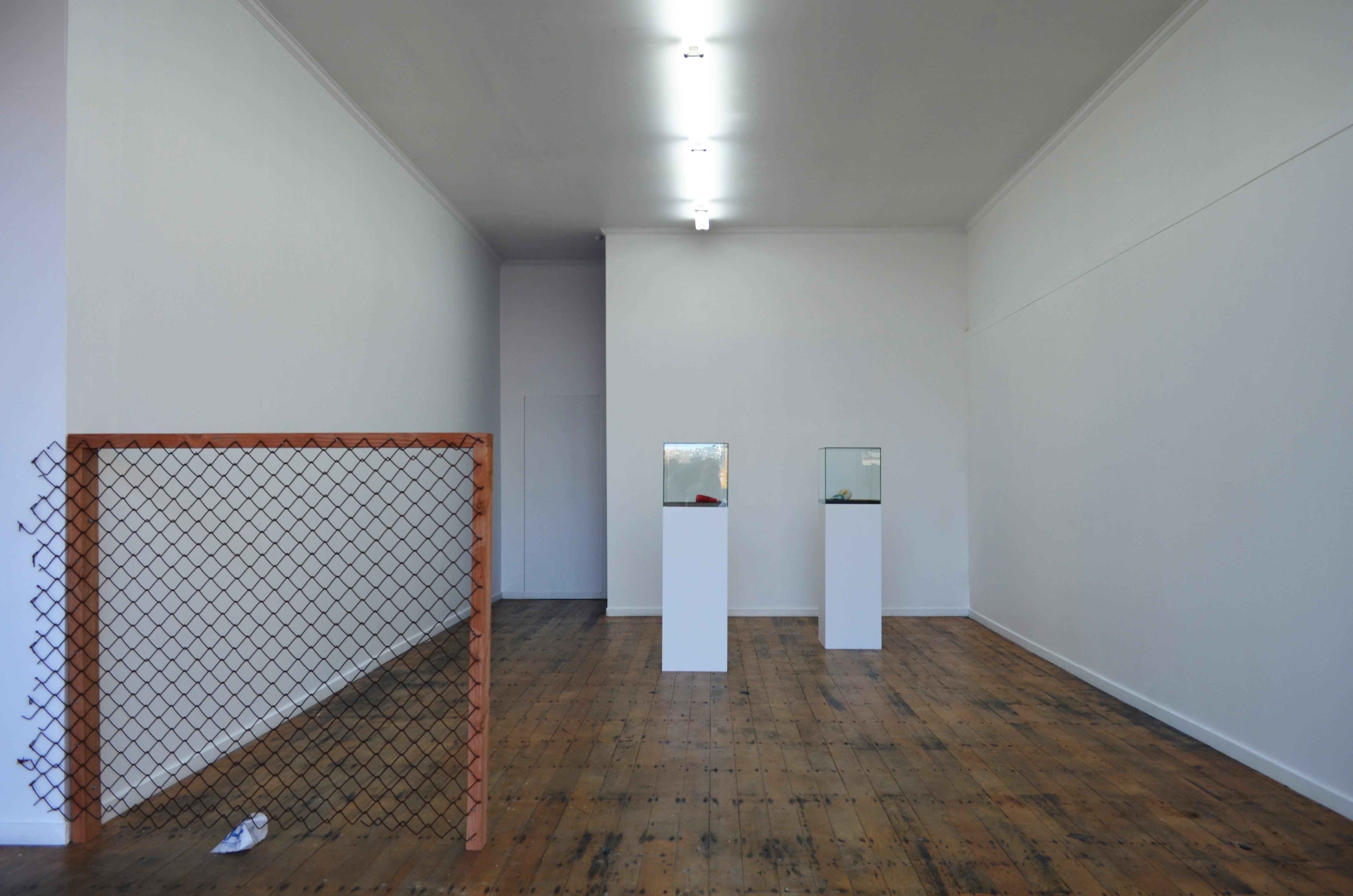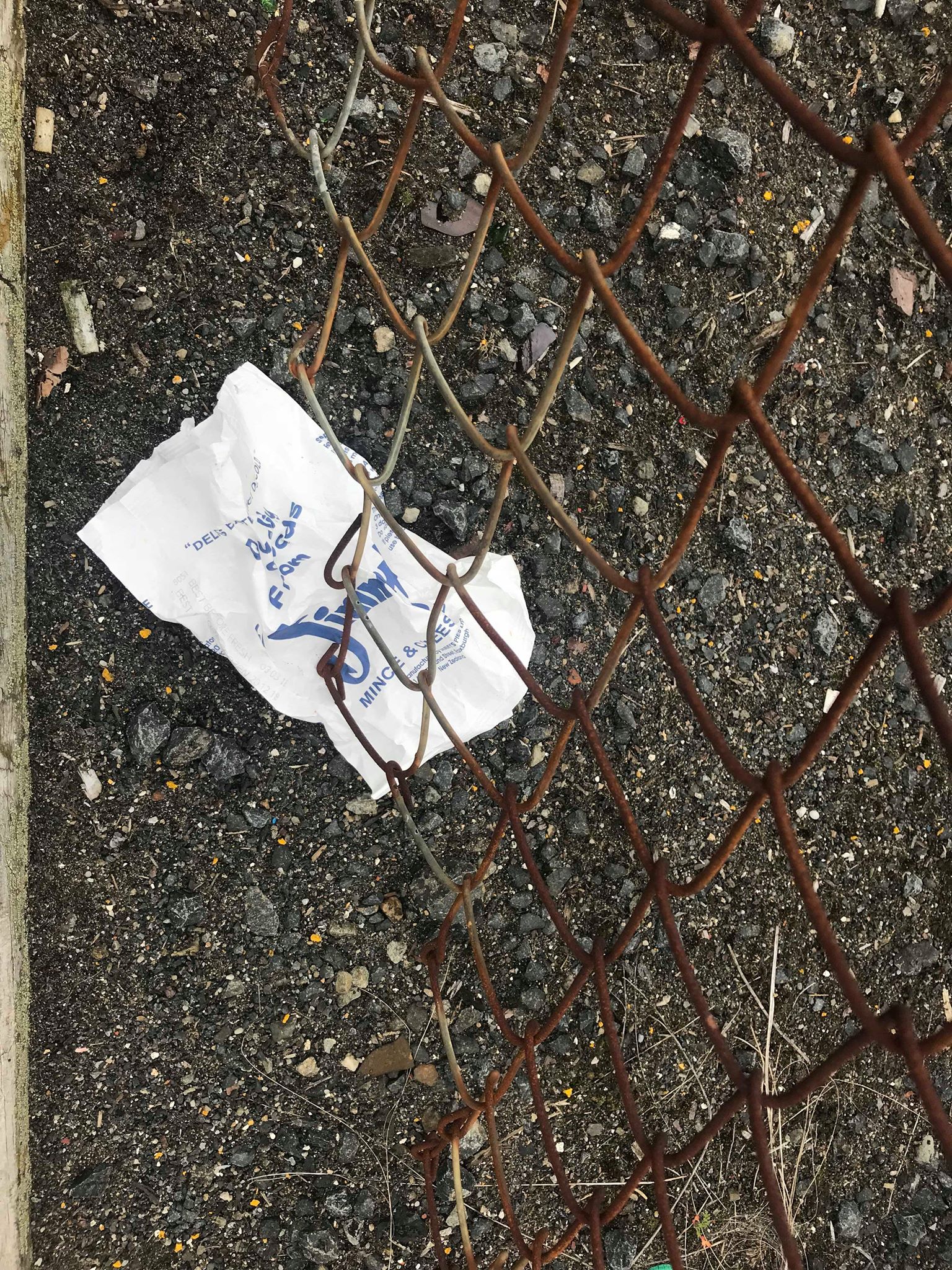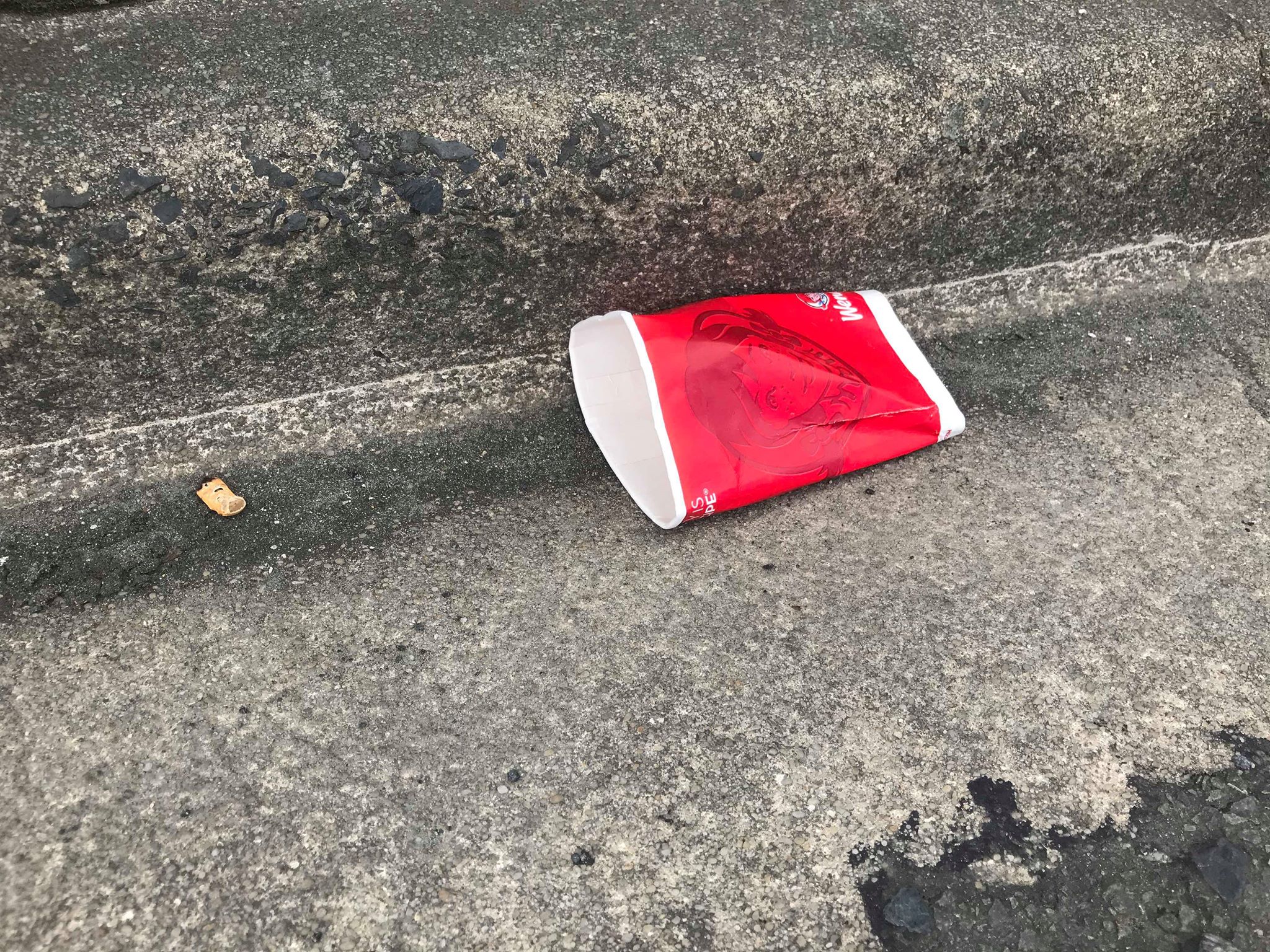




Artist: Jay Hutchinson
‘… and they actually still eat meat pies here! Yes – the women too … yes meat pies …’
Meat pies.
That’s a little #flashbackfriday from me calling ... My sister? My mother? Anyway, calling somebody after I first moved to Ōtepoti Dunedin. They still eat meat pies.
Away from the spaces of silently moving, contemptuous waitresses with kohl-lined, sad-girl eyes serving ‘takes’ on breakfast burritos and variations on fermented food, a meat pie was like something from another planet.
‘… it’s how they eat it too! With no shame!’
Meat pies.
My amusement was tinged with my own shame; my gag reflex triggered by memories of Stimorol chewy, rounders, and a girl called Holly (another #flashbackfriday) sitting in front of the tuck shop at primary school. She would peel the top off her Four’n Twenty, squeezed in oodles of tomato sauce and used the pastry as a scoop. ‘It’s pie soup’, she said. I went to Holly’s house for a sleepover and realised she was poor.
What we think about meat pies can tell us a lot about a person.
Apparently, Americans hate meat pies –according to The Independent they find them ‘gross’. We antipodeans though ... do we have no shame?
Maybe people in Melbourne do eat meat pies. Maybe the contemptuous waitresses on Gertrude Street secretly scarf down pies from the 7/11 on their break. But they know it’s shameful.
It’s how you eat it. You don’t eat it like Holly. You don’t eat it if you’re arty. Or a muso. Do you?
Jay Hutchinson’s exhibition at the Blue Oyster Art Project Space in Ōtepoti Dunedin features a meat pie. Well, a signifier of one. A Jimmy’s pie wrapper, complete with grease marks and gravy stains. It’s an index for the meat pie. In two drinks and a Jimmy’s mince and cheese pie wrapper, Hutchinson plucked debris from the waterfront area of Ōtepoti Dunedin and put it in the gallery.
Oh, we’ve heard this one before. Collective eyes roll.
It’s called grunge art, or even readymade art, Ōtepoti Dunedin. It’s been done to death all over the world. Does Dunedin have no shame?
Well – actually – maybe you haven’t heard this one before. That’s because Hutchinson does something different to simply placing the everyday in the gallery and asking, ‘Well – is it art?’
Hutchinson has recreated Ōtepoti Dunedin's detritus (a Wendy’s and a McDonald’s soft drink cup and the pie wrapper) in digitally printed silk, carefully embroidering over the details. Between the marks and stains recreated from the wrappers and the precision of Hutchinson’s stitching, you’re almost tricked into thinking this is just rubbish on a plinth. In fact, atop the plinth, lying beneath the colourful fast food wrappers, is a similarly stitched recreation of the road where the original debris was scattered. The gravel and painted yellow lines also have grease marks on them.
So, these are peculiar indexes. Maybe they are icons? Just stand-ins; for pies, softies and the tired, puckered, bitumen of Ōtepoti Dunedin's docks.
But then there’s the rusty wire fence, the first thing you see when you walk in. That’s the real thing. Hutchinson sourced the fence from the same area. But what your eye is drawn to is the recreated Jimmy’s pie wrapper ‘caught’ in the bottom of fence. It’s how he found it. It looks as though it’s about to flutter away! said a friend standing next to me. Indeed, it did. Even in the still space of the gallery these icons – likenesses – seemed to work as indexes. I mean this how Peirce meant index – as a representation which corresponds to some sort of brutal fact. The unrelenting gale around the silos and warehouses of the docks ... well, that’s a fact.
But Hutchinson’s work doesn’t just refer to, or index, the grid around Jetty, Jutland and Sturdee Streets in Dunedin. Peirce talks about indexicality as bearing a spatio-temporal connection between the ‘sign-vehicle token’ (say, the objects in a gallery, which look like they are gusting away) and the ‘entity’ to which they refer (the wind). I like this word, entity. Because it means these ‘tokens’ – wrappers, a rusty wire fence, gravel on the road - don’t just refer to a thing, they might encompass experience too (though maybe in a thingified form ... but that’s for another article).
The rusty fence’s connection is clear. It is from the site. But the wrappers ... well, thinking about spatio-temporal contingencies, Hutchinson plays with time here. We have the fastness of takeaway food.
Down the gob. With no shame!
A class index.
I’ve never really had a soft spot for Peirce. One of those American pragmatists. My eyes roll. I like Saussure. But Peirce has some interesting stuff to say about indexes of class in language. You sort of have to tangle up Saussure with Bourdieu and Lacan to get something about class (a good entanglement nonetheless!). Peirce reckoned we index our class by how we use signs. A no brainer. Maybe. But interesting in terms of meat pies.
A meat pie is fast, classed, food. Down by the docks, Jimmy’s pies are gobbled by men in high-vis who slap down $4 at a shop that sells chop-chop under the counter. Someone’s smoko snack.
A class index.
But embroidery is a slow practice. Hutchinson’s labour is indexed through the detail of his needlework. A different kind of labour to the person eating a Jimmy’s pie. Embroidery is also gendered. We can’t forget the frankie set (don’t worry, you can buy frankie in Aotearoa). They know how to craft here. Tiny embroidered monsters are for sale in some of the trendier shops.
Hutchinson doesn’t seem the embroidering type. When I went along to his artist talk, it ended up a workshop. Dressed in skater shorts and a baseball cap, Hutchinson distributed embroidery hoops to the (mostly women) participants and took us on a walk to Jutland Street. We were looking for signs of a fast, working life. But learning a slow skill to replicate them.
He doesn’t seem the embroidering type. But nor does fast food seem to match the type of embroidery the frankie set admire. Sure, they might do that sort of twee ‘clash’ thing where they embroider ‘fuck the patriarchy’ in a cursive font … but …
Well. My eyes roll.
That makes me think about meat pies. About my response to meat pies. About my class index.
No shame.
It’s funny that Peirce first described the relationship between an indexical sign and its signified as that between a murderer and their victim. It’s a brutal reference to reality. Sometimes a pie wrapper can do that to you. It can remind you of some pretty nasty parts of you. It can be brutal out there.
Rosemary Overell is a lecturer in the Media and Communications at the University of Otago. Her most recent work considers how gendered subjectivities are co-constituted by and through mediation. She draws particularly on Lacanian psychoanalysis to explore a variety of mediated sites. In particular, she considers the intersections between affect and signification and how these produce gender. Rosemary has looked at media as varied as anime, extreme metal and reality television.
